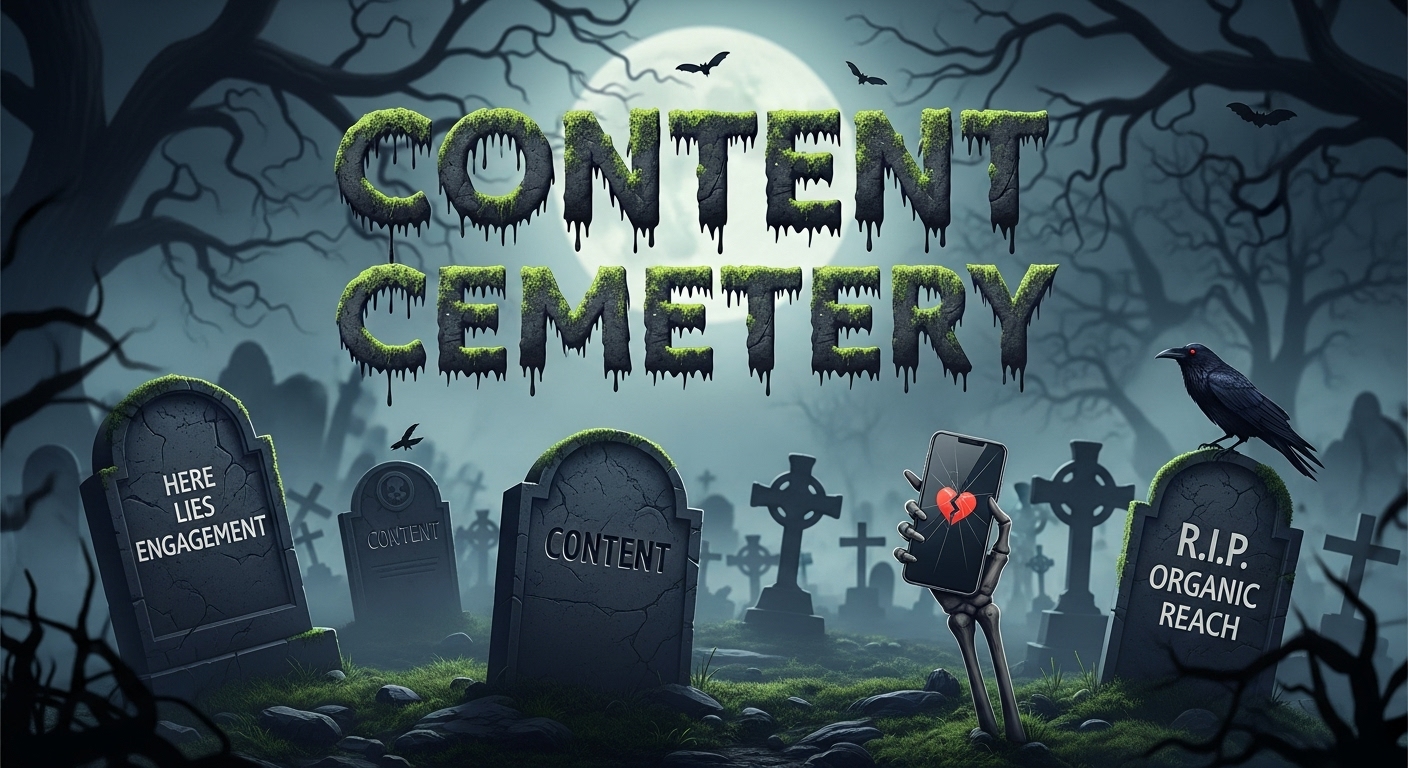Knotchimonials
Trusted by the largest (and now smartest) brands in the world.
“Before Knotch we did not understand what content was driving business results. Now we understand which content moves the needle. Knotch’s cohesive reporting and insights paint a real picture of what’s happening on our website instead of the patchwork quilt that comes from a Google Analytics approach. With Knotch we have been able to re-prioritize ad spend, route better leads to our SDR team, and inform our content development initiatives.”

Ben Bishop
Director, Digital Marketing, Insperity
"The Knotch platform ensures that we deliver high-performing content tailored to young home shoppers, enhancing their experience and driving better business outcomes.”

Ravi Kandikonda
CMO, Zillow
"Our partnership with Knotch has been highly successful, empowering us to leverage data-driven insights and refine our content strategy.”

Brandon Lawson
Director of Content Strategy, Smile Train















